Iznajar is a 9th century white village in Cordoba province, with the largest reservoir in Andalucia.
By Nick Nutter | Updated 25 Aug 2022 | Córdoba | Villages |
Login to add to YOUR Favourites or Read Later
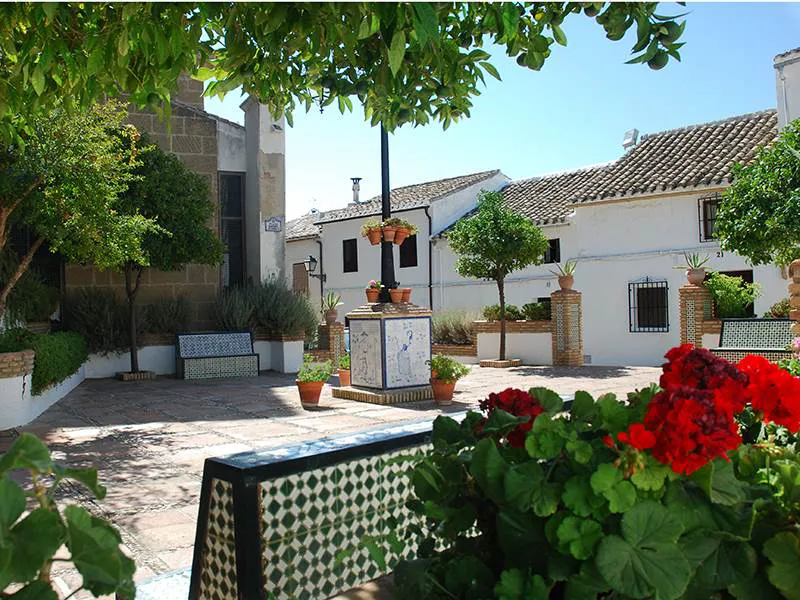
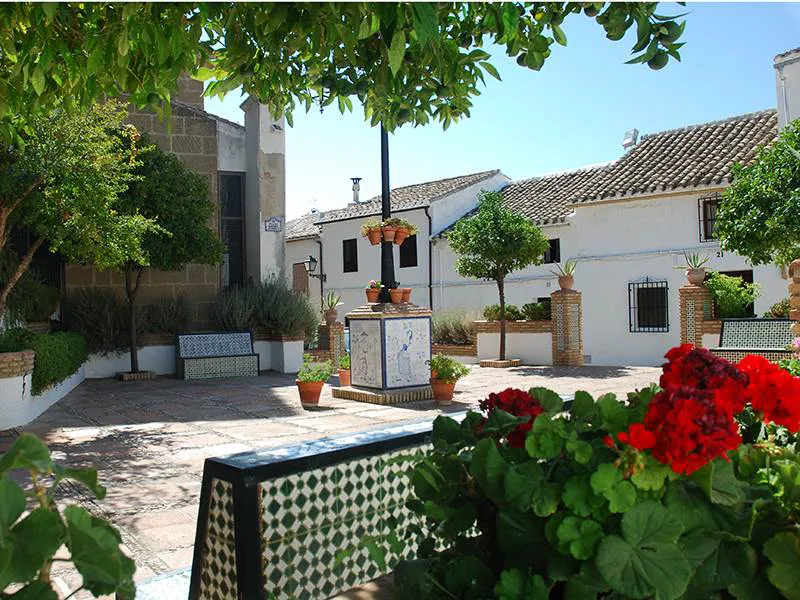
Plaza Rafael Alberti Iznajar
Between 880 and 917 AD, one Umar ibn Hafsun, a murderer, outlaw and rebel, was causing some unrest in central Andalucia. His band of brigands, in opposition to the caliphate, were rallying disaffected mozarabs (Iberian Christians that lived under Moorish rule) and muwallads (Muslims of local descent with mixed Iberian, Berber and Arab origins), from his headquarters at Ardales. He managed to gain several estates and castles over a wide area in Malaga, Cádiz, Granada, Jaén and Seville provinces. Iznájar, in Córdoba province, changed hands several times during the rebellion and each time the populace were punished by whoever took over. Eventually they turned on their fickle governor, Fadl ben Salama, who could not decide which side he should be on and removed his head that was then presented to Abd-ar-Rahman III, Emir of Cordoba. A mediaeval way to decide the issue.
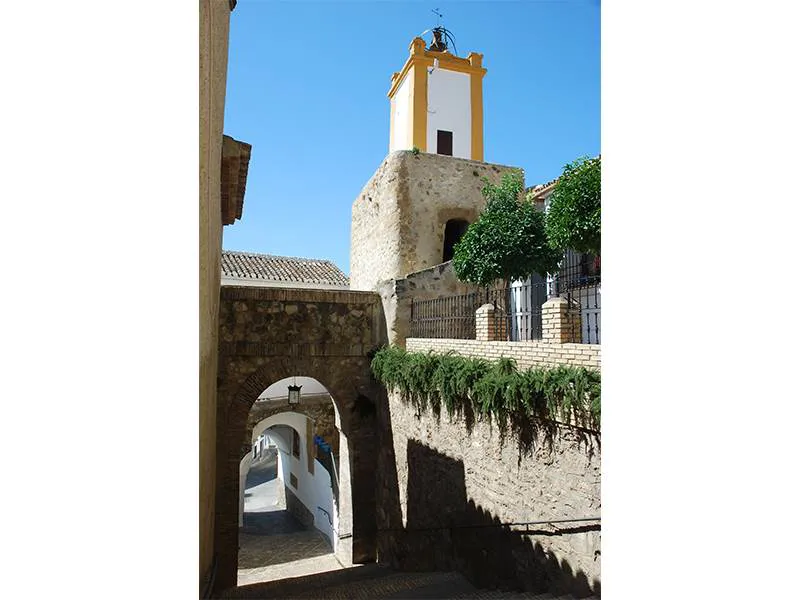
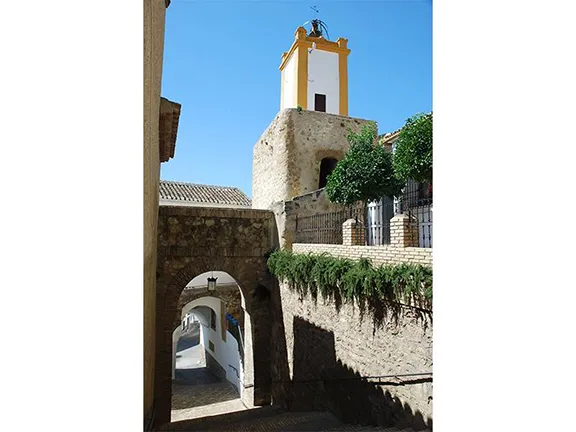
Calle Villa Iznajar
It is thought that the aforementioned Fadl ben Salama founded Iznájar in the late 9th century AD by building the castle, Hins Ashar, on a high promontory overlooking the valley of the Genal river. A collection of small, typically Moorish houses soon clustered in its shadow. Over the centuries, Iznájar has changed hands and had its castle restored more times than many towns.
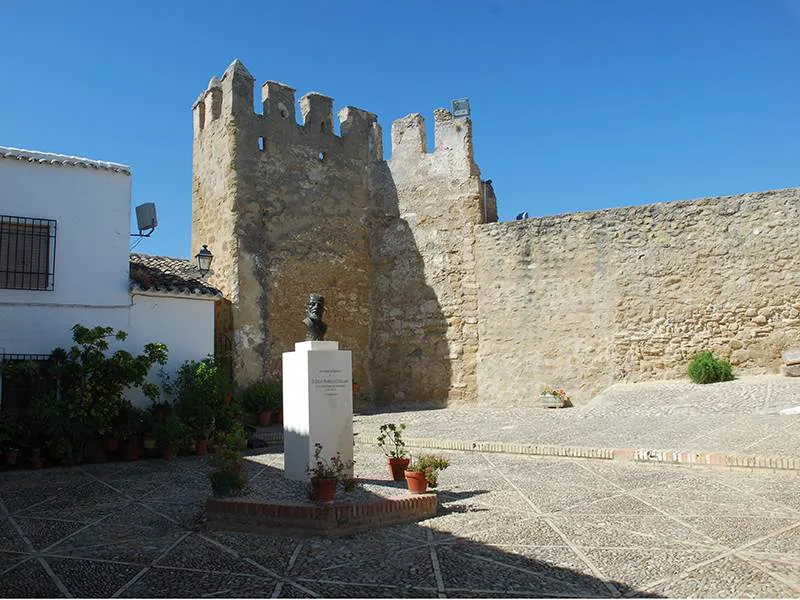
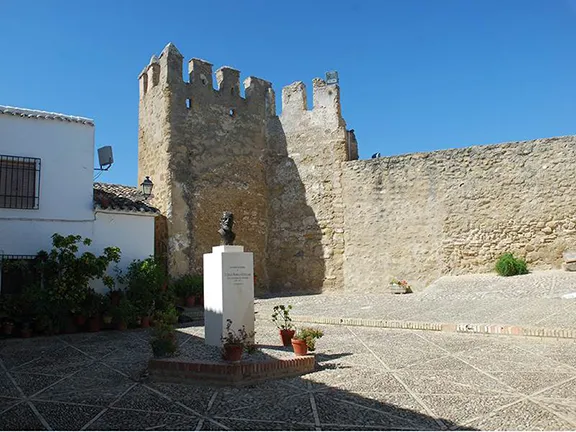
Castle Iznajar
In 886 AD Iznájar Castle, having sided with the Mozarabic rebel leader Umar ibn Hafsun, was taken by troops of the Emir of Córdoba. Two years later, after the death of the Emir, Iznájar again sided with the mozarabic rebels and was attacked several times by the new Emir. These attacks must have been harsh as in 912 AD the inhabitants of Iznájar murdered their governor and sent his head to the Emir as an act of obedience. Later in the 10th century Iznájar Castle was rebuilt.
In 1010 Iznájar became the capital of a small taifa. In 1080 the castle was strengthened by Abd Allah, Emir of the Taifa of Granada, fearing invasions from the Almoravids and Christians.
During the 13th century nearby territories were conquered by Fernando III of Castile but Iznájar Castle, now on the border, stayed in the hands of the Kingdom of Granada. In February 1362 Iznájar Castle was taken by King Pedro I of Castile with the help of the deposed Nasrid Sultan Muhammad V. In 1366 however, when Muhammad V had regained the position of Sultan, he took the castle back for the Nasrid Emirate of Granada. The castle was subsequently rebuilt and strengthened.
In 1434 Iznájar Castle was finally taken for the Christians by troops led by Pedro Fernández de Córdoba after a hard battle with the Moors who were guarding the castle. After the castle had been rebuilt Pedro Fernández de Córdoba was appointed as custodian of the castle by the Castillian King.
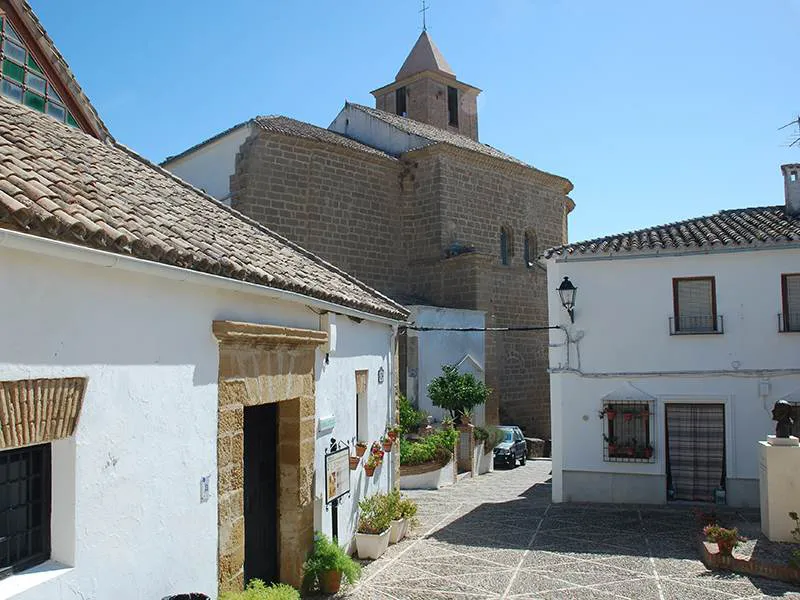
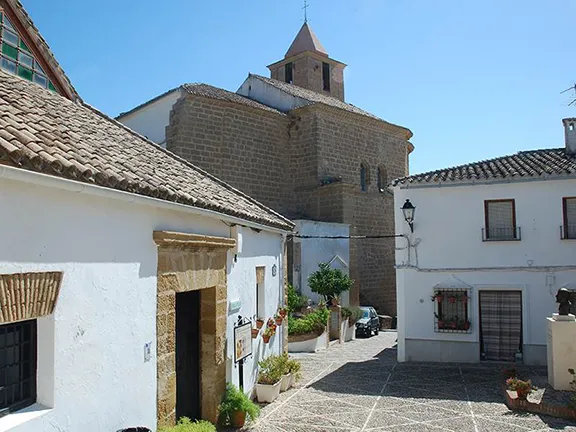
Santiago Apostol Iznajar
Iznájar made the history books again in 1861 when the town supported the Loja uprising. It was all to do with conditions for workers, which were bad, and the fact that they could not take any benefit from an old custom known as desamortización. Desamortización allowed property that had come into the possession of ‘dead hands’, the Catholic church and religious orders through donations and as a result of being beneficiaries in wills and intestates, and municipalities that held vacant lots and communal lands, none of which could be sold directly, to be expropriated and sold through public auction. Already wealthy land owners benefitted rather than the peasants.
In Iznájar the Guardia Civil barracks were stormed by 600 angry labourers led by a local veterinarian, Rafael Perez of the Alamo. The revolt spread to Archidona, Illora, and Alhama de Granada. Not surprisingly the governmental response was swift. Four hundred of the rebel leaders were deported, Rafael Perez escaped to Madrid and a dozen or so leaders were executed. The practice of desamortización continued well into the 20th century.
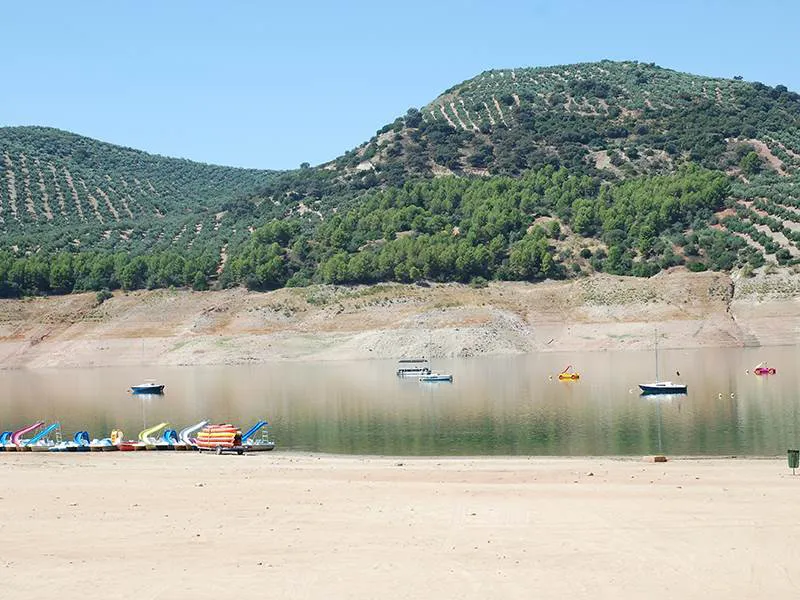
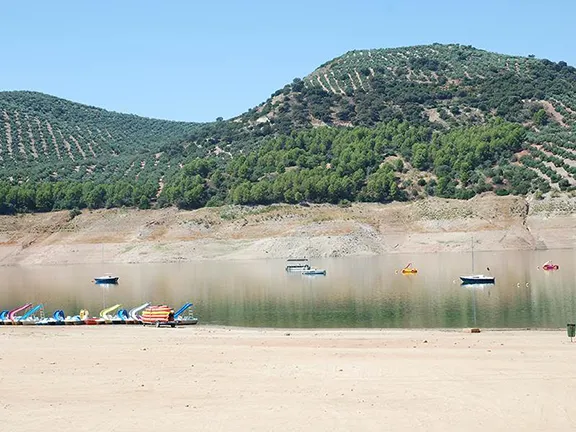
Embalse Iznajar
In the 1960s, the Iznájar Embalse was built in the Genal valley below the town. It is the largest reservoir in Andalucia and is over 30 kilometres long. Although half the population of the municipality of Iznájar had to be relocated and many homes were lost, the reservoir is now a valuable tourist resource with beaches, chiringuitos, kayak hire and sailing boats, a hotel and a campsite. As the waters rose, Iznájar town found itself on a peninsula in the middle of the reservoir.
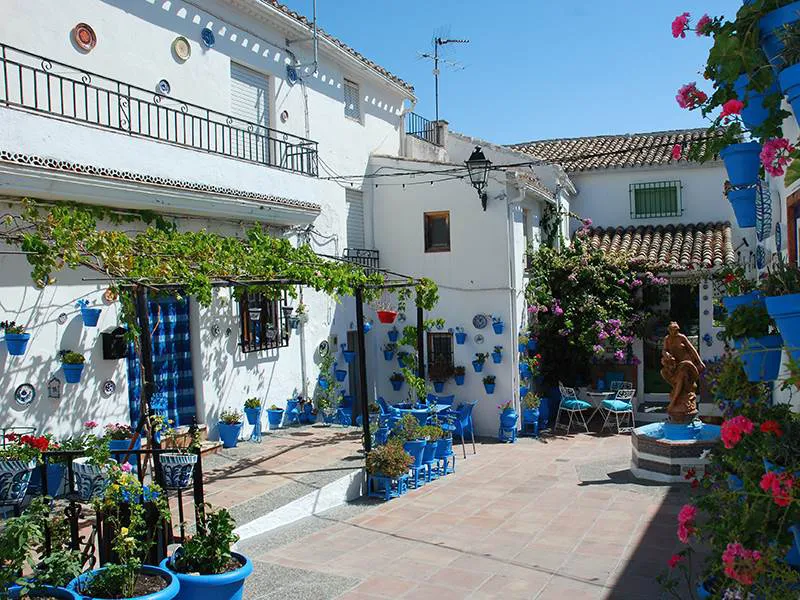
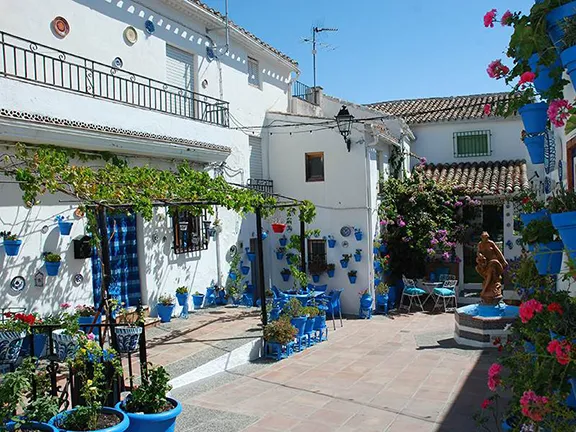
Patio Comedias Iznajar
A stroll through the winding streets of the old town, the Barrio del Coso, will take you to what remains of the original city walls. Inside the walls you will find the Patio de las Comedias. As the name suggests it was used as a place of public entertainment. Nearby is the Torre de San Rafael, one of the bastions in the city wall. For such a small town there are a surprising number of cafes and restaurants. For one with great views over the embalse, try the terrace of the restaurant at the Mirador del Postigo.